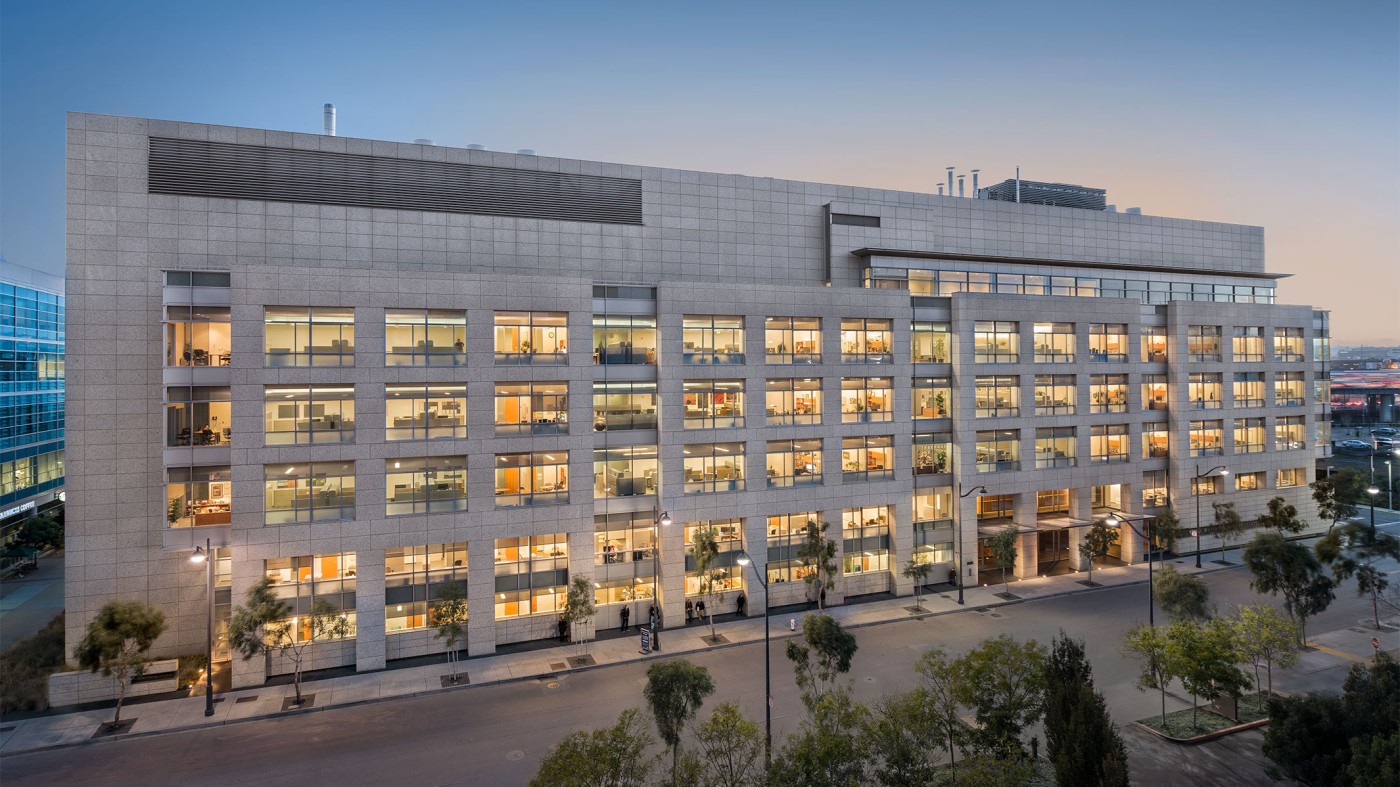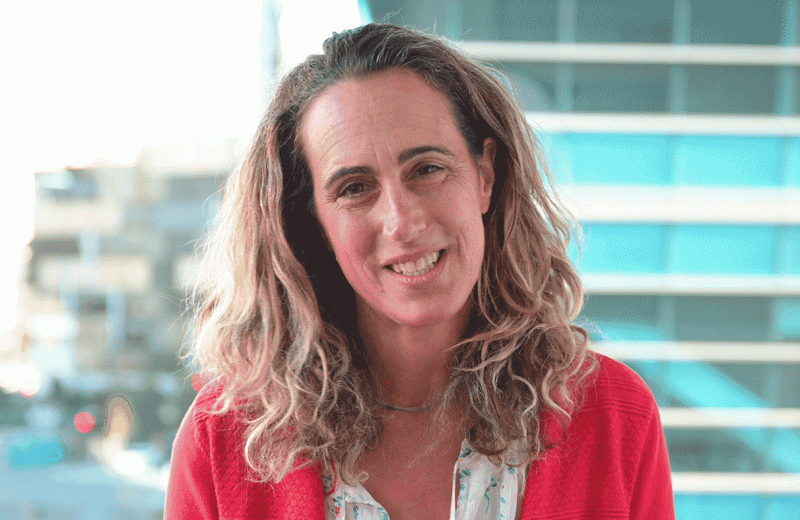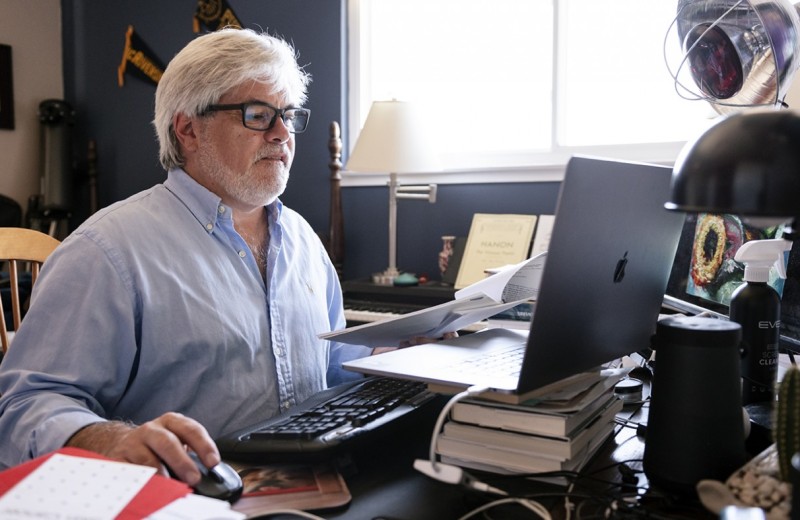Gladstone NOW: The Campaign Join Us on the Journey✕

CAMBRIDGE, MA and SAN FRANCISCO, CA—The ALS Therapy Development Institute (ALS TDI) and the Gladstone Institutes today announced the formation of a research collaboration to speed the discovery of potential treatments for ALS through the preclinical drug development process.
“We are thrilled about the potential this collaboration holds to accelerate ALS therapeutic development,” said Steve Perrin, PhD, CEO and Chief Scientific Officer at ALS TDI. “Both our organizations have unique infrastructures, and by linking them this way, we may be able to advance potential treatments faster than before.”
Amyotrophic lateral sclerosis (ALS), also known as Lou Gehrig’s disease, is a neurodegenerative disease that leads to paralysis—and eventually death—due to the loss of motor neurons in the spinal cord and brain. About 30,000 people in the United States live with the disease at any given time, and the global population of ALS patients is approximately 400,000. Approximately 5,000 new cases of ALS are diagnosed in the United States each year, and there is no known cause, cure or treatment to halt or reverse the disease. The average patient survives only two to five years following their diagnosis.
Under this new agreement, which starts immediately, Gladstone will evaluate potential pharmaceutical compounds using a human model of ALS. Gladstone generated the model by transforming skin cells from ALS patients into stem cells, known as induced pluripotent stem cells (iPS cells), and then programming them into neurons. The technique builds on a discovery for which Shinya Yamanaka, MD, PhD, a Gladstone senior investigator, won the 2012 Nobel Prize in Physiology or Medicine.
This particular iPS-based ALS model includes a gene mutation that produces TDP-43, a protein commonly found in most forms of ALS. Promising drug compounds that pass the initial evaluation process at Gladstone will be fast-tracked for pre-clinical testing at ALS TDI, which will assess the compounds for activity and efficacy in various mouse models of human neurodegeneration.
“We hope our human model of ALS will help us to move quickly and effectively to identify promising therapeutic candidates for ALS,” said Gladstone Senior Investigator Steve Finkbeiner, MD, PhD, who is also a professor of neurology and physiology at the University of California, San Francisco, with which Gladstone is affiliated. “The strong evidence that abnormal TDP-43 protein is involved in the development of ALS, coupled with models that may replicate ALS more faithfully than other tools, may speed development of therapies for the thousands of individuals diagnosed with this devastating disease.”
Science in Seconds | The Thinking Microscope: Research Powered by an AI Brain
Science in Seconds | The Thinking Microscope: Research Powered by an AI Brain
In this video, Steve Finkbeiner and Jeremy Linsley showcase Gladstone’s groundbreaking “thinking microscope”—an AI-powered system that can design, conduct, and analyze experiments autonomously to uncover new insights into diseases like Alzheimer’s, Parkinson’s, and ALS.
Gladstone Experts ALS Alzheimer’s Disease Parkinson’s Disease Neurological Disease Finkbeiner Lab AI Big DataMeet Gladstone: Julia Kaye
Meet Gladstone: Julia Kaye
Julia Kaye is a neuroscientist at Gladstone Institutes dedicated to unraveling the mysteries of neurodegenerative diseases. Outside the lab, Kaye enjoys skateboarding, surfing, and exploring nature with her family.
Profile ALS Huntington’s Disease Multiple Sclerosis Neurological Disease KayeWorld’s Largest Public ALS Data Portal Launched
World’s Largest Public ALS Data Portal Launched
Steve Finkbeiner is leading key components of this unprecedented resource to boost ALS research.
Gladstone Experts ALS Center for Systems and Therapeutics Finkbeiner Lab AI Robotic Microscopy Stem Cells/iPSCs



